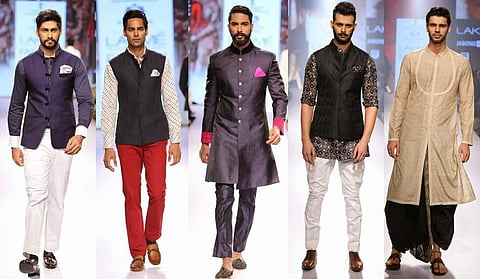Designer Troy Costa who has taken unique crafts from Indian states and molded them for Men's Fashion Week in Paris was asked whether international markets might pick up the ethnic trend. He says, "Though we may have the richest variety of textiles, it has still not reached a commercialization scale where there is a serious emphasis on quality control." Industry insiders point to challenges, such as cloth shrinkage, garments losing their sheen after washing, use of old yarn, etc. that constrict the market potential and acceptance by global high street giants.


